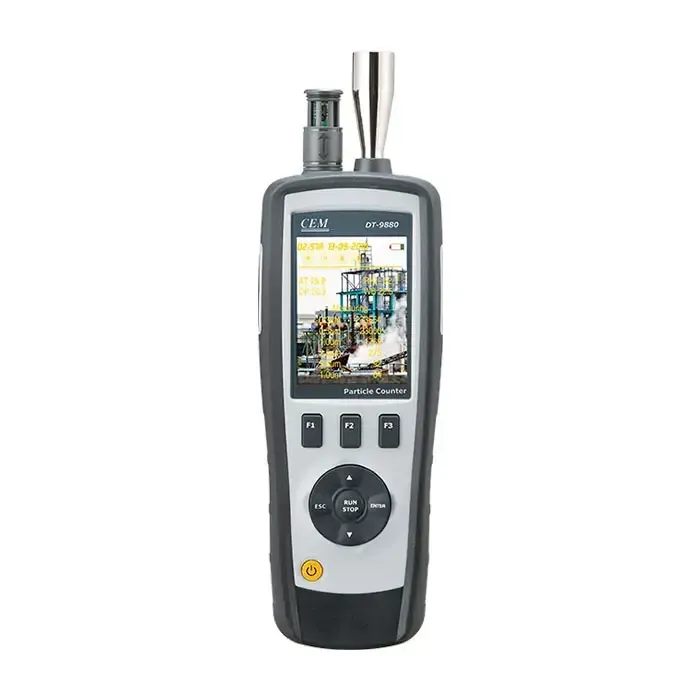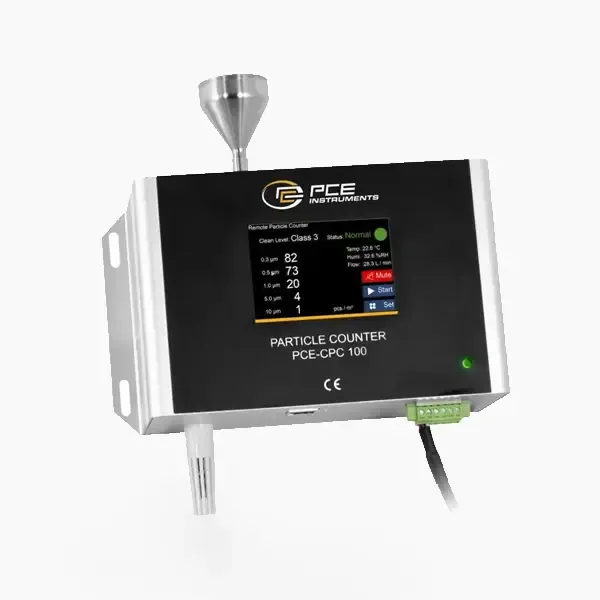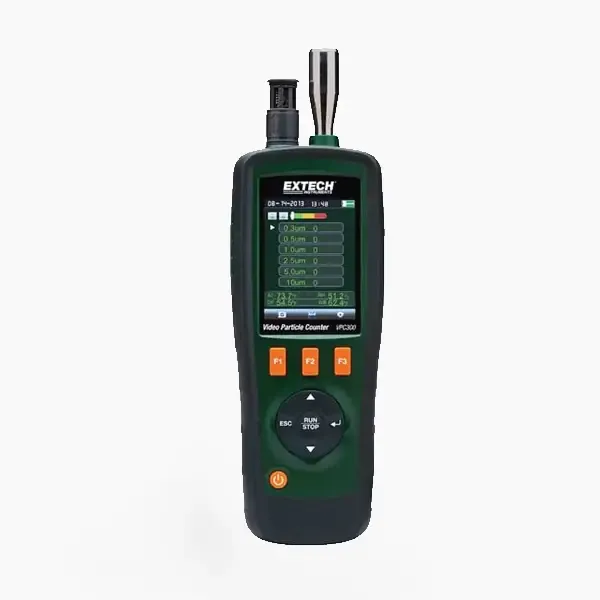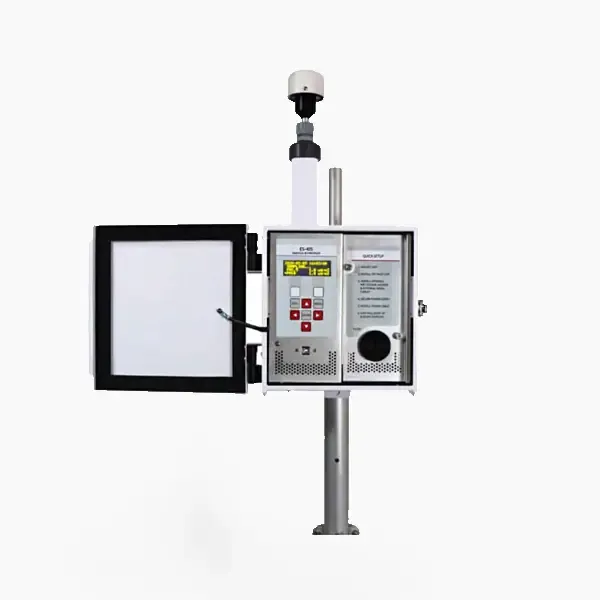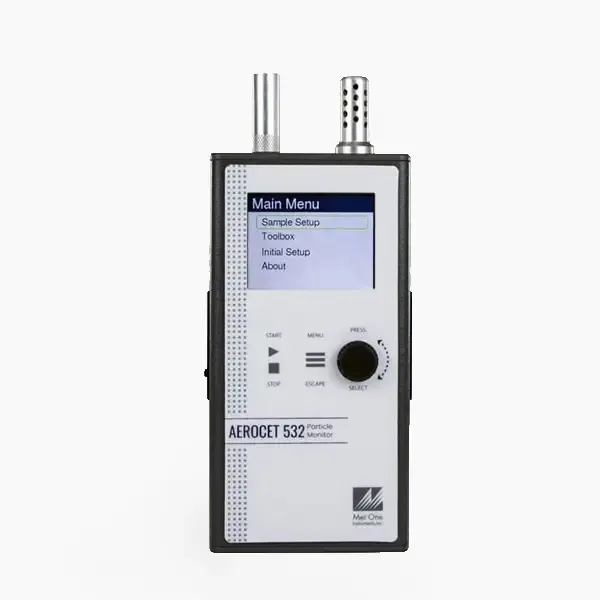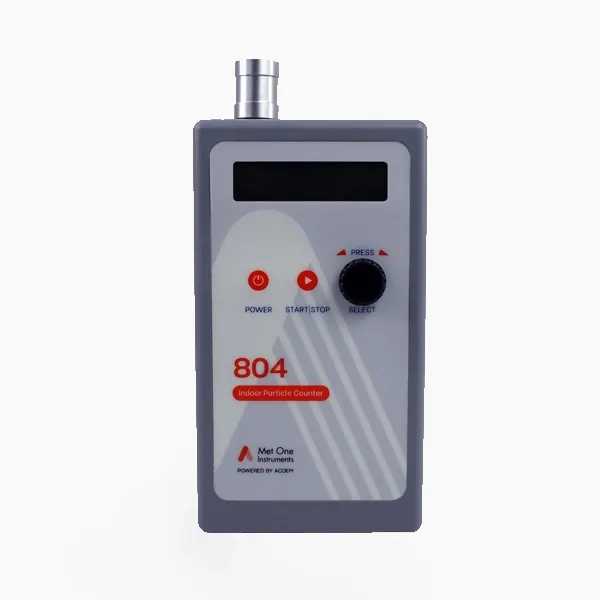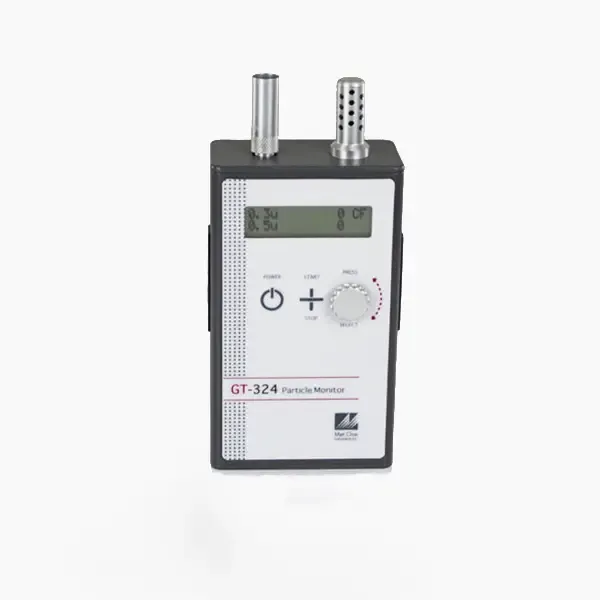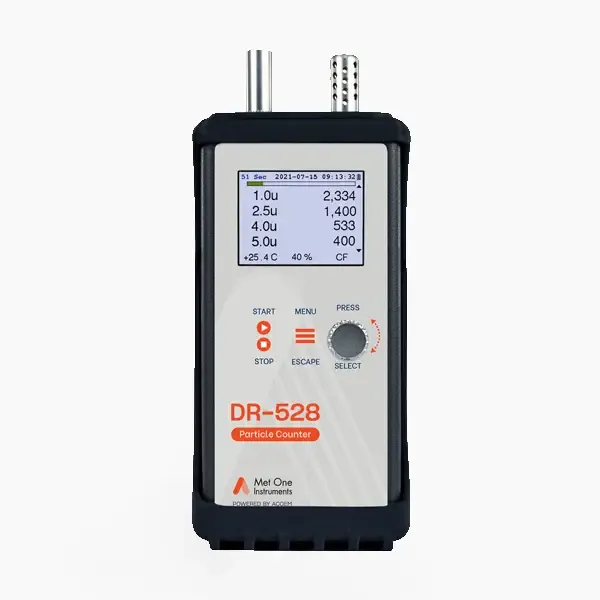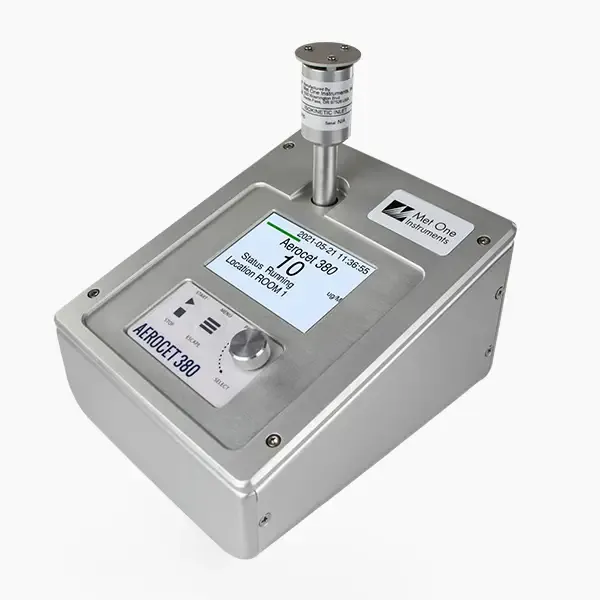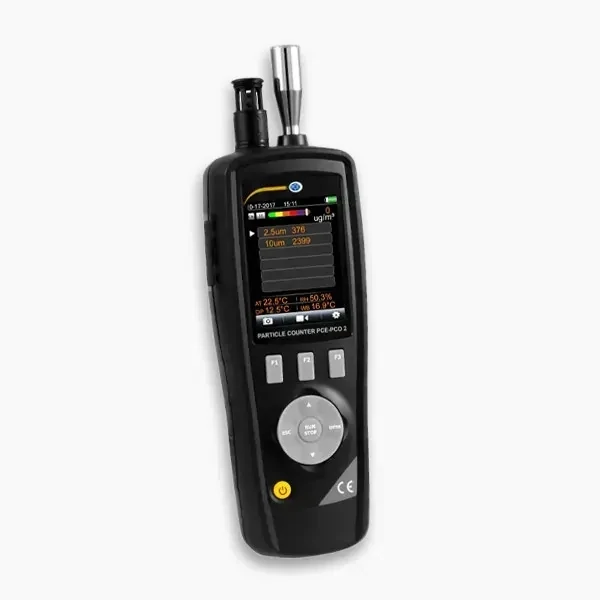Particle Counter
Particle Counters
In an increasingly industrialized world, monitoring and maintaining air quality have become paramount for health and safety. Particle counters are invaluable tools used to assess the concentration and size distribution of airborne particles in various environments. In this comprehensive guide, we will delve into the world of particle counters, uncovering their significance, how they work, types available, applications, and the advantages they offer.
The Importance of Particle Counters
Safeguarding Health
Airborne particles, including dust, allergens, and pollutants, can have detrimental effects on respiratory health. Particle counters provide critical data to assess air quality and mitigate health risks.
Read More
How Do Particle Counters Work?
Most particle counters operate on the principle of light scattering. They emit a beam of light through the air sample, and when particles pass through this beam, they scatter light in different directions. Detectors capture this scattered light and analyze it to determine particle concentration and size.
Types of Particle Counters
Handheld Particle Counters
These portable devices are ideal for on-the-go measurements. They are commonly used in environmental monitoring, cleanroom certification, and indoor air quality assessments.
Portable Particle Counters
Portable units are slightly larger and offer extended battery life. They are suitable for applications where continuous monitoring is required, such as workplace safety assessments and industrial hygiene.
Benchtop Particle Counters
Benchtop models are more sophisticated and offer advanced features. They find applications in research, pharmaceuticals, and laboratory settings where precision and reliability are crucial.
Applications Across Industries
Indoor Air Quality
Particle counters play a pivotal role in assessing indoor air quality in residential, commercial, and industrial spaces. They help identify pollutants and allergens, enabling effective ventilation and air purification strategies.
Cleanrooms
In pharmaceutical, semiconductor, and manufacturing industries, cleanrooms require stringent particle control. Particle counters ensure compliance with cleanliness standards and product quality.
Environmental Monitoring
Environmental scientists employ particle counters to assess air pollution levels, monitor pollen counts, and study the impact of airborne particles on ecosystems.
Workplace Safety
Particle counters are used in occupational safety assessments to monitor exposure to harmful particles, ensuring a safe working environment.
Advantages of Using Particle Counters
Early Detection
Particle counters provide real-time data, enabling early detection of air quality issues and allowing for prompt corrective actions.
Compliance
In industries with strict regulatory requirements, particle counters help ensure compliance with air quality standards and regulations.
Data-Driven Decisions
Particle counter data empowers decision-makers to implement effective air quality management strategies, protecting both human health and valuable equipment.
Research Advancements
Particle counters are indispensable tools in scientific research, contributing to advancements in fields such as environmental science, epidemiology, and materials science.
Conclusion
Particle counters are essential instruments in the quest for cleaner, safer, and healthier air. Their ability to provide accurate and real-time data on airborne particles makes them indispensable in a wide range of applications. By utilizing particle counters, industries, researchers, and environmentalists can take proactive measures to safeguard both human health and the environment.




